AUGUSTA — For Kevin McKay, few days are routine.
McKay, a construction supervisor for On Target Utility Services, stood for a few minutes Thursday on Lafayette Street while the crew under his supervision was moving electric lines from a utility pole deemed deficient to a new utility pole that had been set right next to it.
At 9 a.m., the temperature was approaching 80 degrees and McKay and his crew already had three hours in, gathering at the office, reviewing safety procedures and heading out to the job site with two bucket trucks. McKay’s job is to manage the crew and the job.
The 32-year-old from Vassalboro got his start in 2006 in the Electrical Lineworker Technology Program at Kennebec Valley Community College. The one-year certificate program, the only one in the Northeast, is the result of a collaboration between the community college and the utility industry, and it has reliably turned out graduates who have little trouble finding well-paying jobs; entry-level line workers can earn $35,000 to $40,000 in their first year.
“It really is a way of life,” McKay said.
Both his father and his grandfather worked as linemen for Central Maine Power, and he grew up knowing it was a job that would keep him outside and on the move year-round. In 2007 he completed the program, which provided a foundation in the basics of being a line worker and gave him hands-on experience and a chance to job-shadow someone in the industry.
When he was hired at the Gardiner company as an apprentice, he entered On Target’s own training program; and in the nine years since then, he has worked his way up to construction supervisor.
John Boucher, general manager of On Target’s construction division, said the training program lasts 57 months, and as the workers improve their skills, they move up. At the end of the program, they are first-class line workers. Wages are structured to keep pace with the accomplishments achieved, he said, so On Target’s line workers know where they will be in five years.
“Once they get to first class,” Boucher said, “they are attractive to outside companies. We hope we have the right mix of pay and benefits to keep them right here.”
The path McKay took is a well-worn one. Since 2002, On Target has hired nearly 100 apprentices from the KVCC program. Graduates make up more than 80 percent of the company’s construction division workforce.
And it’s one with a demonstrated record of success.
“The No. 1 issue facing the Maine economy and the ability of its businesses to sustain and grow is having the people with the right skills in the right places at the right time,” said Yellow Light Breen, president and CEO of the Maine Development Foundation. The foundation’s goal is driving sustainable, long-term economic growth for Maine. A close alignment between business and industry sectors and higher education is crucial, he said.
“We know from our own research that the two biggest variables in a state’s success are a population with postsecondary education and investment in research and development,” Breen said.
KVCC’s certificate program hits that educational target, he said, because it aligns what an industry needs with what is being taught.
And generally speaking, higher education is associated with higher pay.
GOOD-PAYING JOBS
“In terms of a trade here in Maine, it’s probably one of the top-paying,” Eric Willett said.
Willett has been a line worker instructor at KVCC for three years. Before that, he worked as a line worker for Cianbro Corp.
“Once you’re a journeyman or a first-class line worker, it’s not hard to make over $100,000 with the overtime,” he said.
Many of Willett’s students are like McKay, with family members who have worked in the business.
“It’s one of those jobs that you don’t automatically think of coming out of high school,” he said.
The program attracts students from 18 to 50. Older students are often workers who were laid off after mill closures. Many have experience with hand tools. Most are men, although a few women sign up. All of them learn to climb steel structures, set poles and run conductor wire, and build cross arms and braces needed to support power lines, and they do it no matter the weather.
“You work out in the elements,” Willett said, “from negative degrees to 90 degrees. That’s something line workers do on a regular basis. You definitely have to be able to lift 50 pounds or more and carry it, but we teach you how to get the mechanical advantage so you are not lifting everything by hand.”
And you shouldn’t be scared of heights. Some students have no idea they have a problem with heights until they enroll. Willett said they try to determine that early in the first semester before students have to buy their pole-climbing gear.
“One of the things that’s unique here is that a lot of the companies come into our class and teach certain things that they might be the subject matter expert on,” Willett said.
Boucher, for instance, teaches a class on fiber-optic splicing, but his involvement goes beyond that. He serves on the program’s advisory committee along with On Target President John Fallona and Rita Bilodeau, On Target’s director of business.
But above all, the program teaches safety, which is something the companies continue to emphasize, as line workers can be working on systems carrying anywhere from 120 volts to 345,000 volts.
While still at college, McKay was impressed with On Target’s commitment to safety. It invited the entire class to a daylong companywide safety meeting.
“For me,” he said, ” it was cool that a company would pay for one day to be about safety.”
That kind of attention leads to a record like this: Boucher said On Target has 1,030 days on the books without a lost-time accident.
JOB SATISFACTION
Like many line workers, McKay said he enjoys the travel. Utility companies from around the region contract with On Target to complete projects such as running new electric lines to developments, maintaining existing networks or replacing deteriorated poles and lines. McKay has traveled throughout Maine, north into New Brunswick and Nova Scotia and as far south as Philadelphia.
On Target crews also are hired to get power back on when storms take down power lines, no matter the time of year.
“I’ve worked two Christmases and two Thanksgivings,” McKay said. “When you restore the power, the reactions of the customers are so gratifying.”
The job also gives him a chance to learn to drive On Target’s wide variety of vehicles, both wheeled and tracked.
Finding line workers is fairly simple, thanks to the KVCC program, Boucher said; but finding people to fill other positions is not.
“We have a fleet of 200 registered vehicles, and we have one and a half mechanics, and we could use two more,” he said.
McKay’s crew was moving electric lines from two poles next to each other. Another pole up the street also would need replacement. As the crew worked, they removed the top of the pole to clear it for the telephone and cable utilities that will follow to move their lines to the new poles. When that was done, he would be back with a crew to remove the old poles.
By the time Lafayette Street residents returned home at the end of the workday, McKay and his crew had moved on to the next job.
At the end of the day, he said, line workers can go home knowing they have accomplished something.
“Not everyone can say that,” he said.
Jessica Lowell — 621-5632
Twitter: @JLowellKJ
Send questions/comments to the editors.

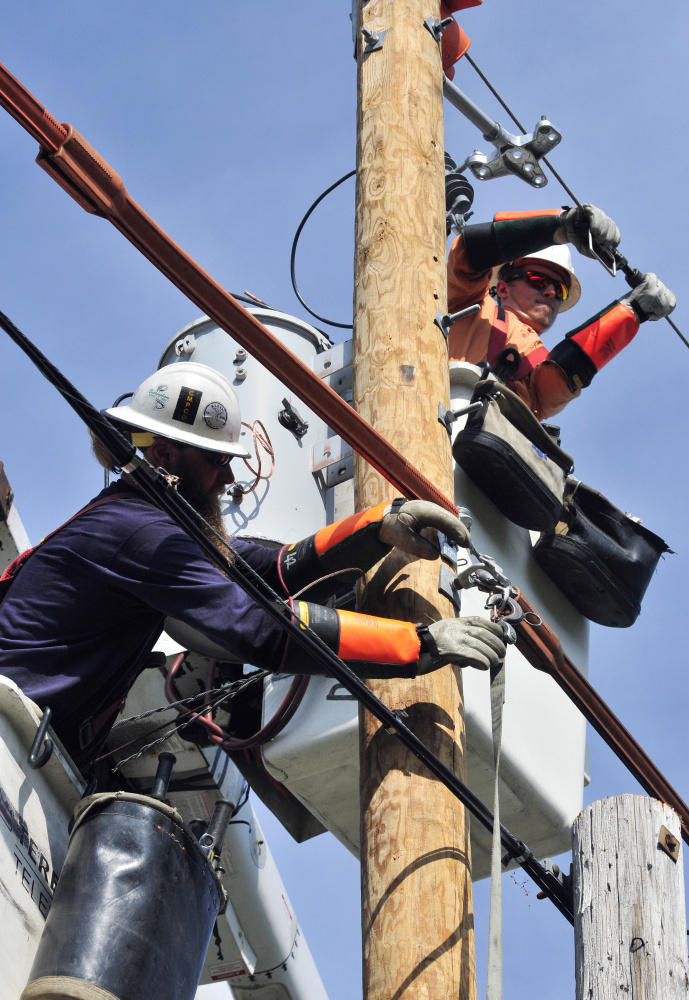
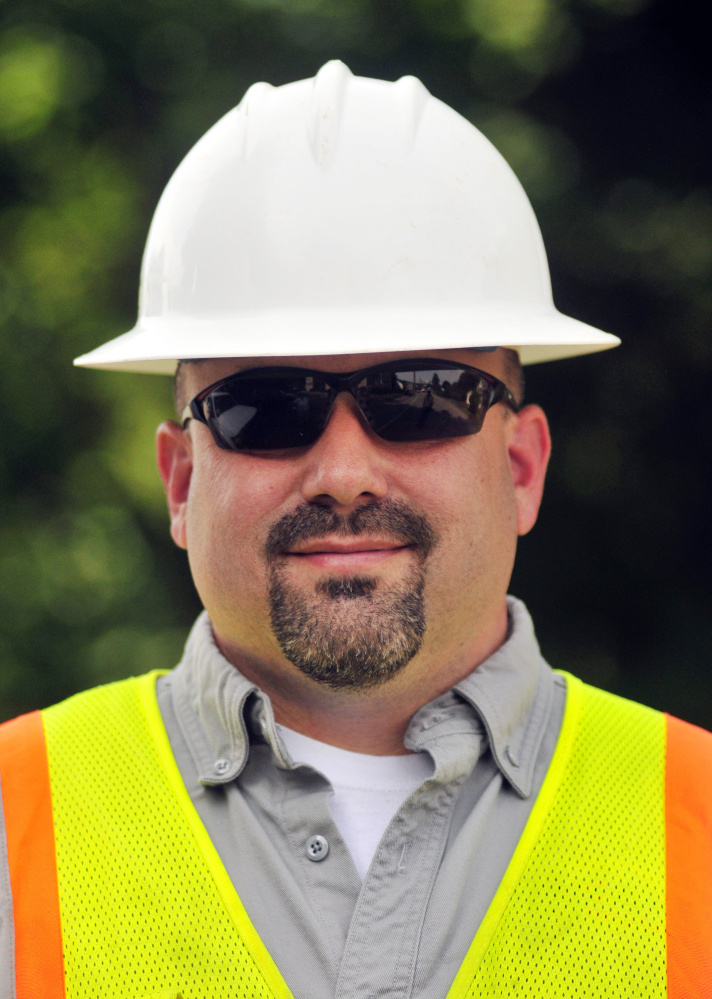
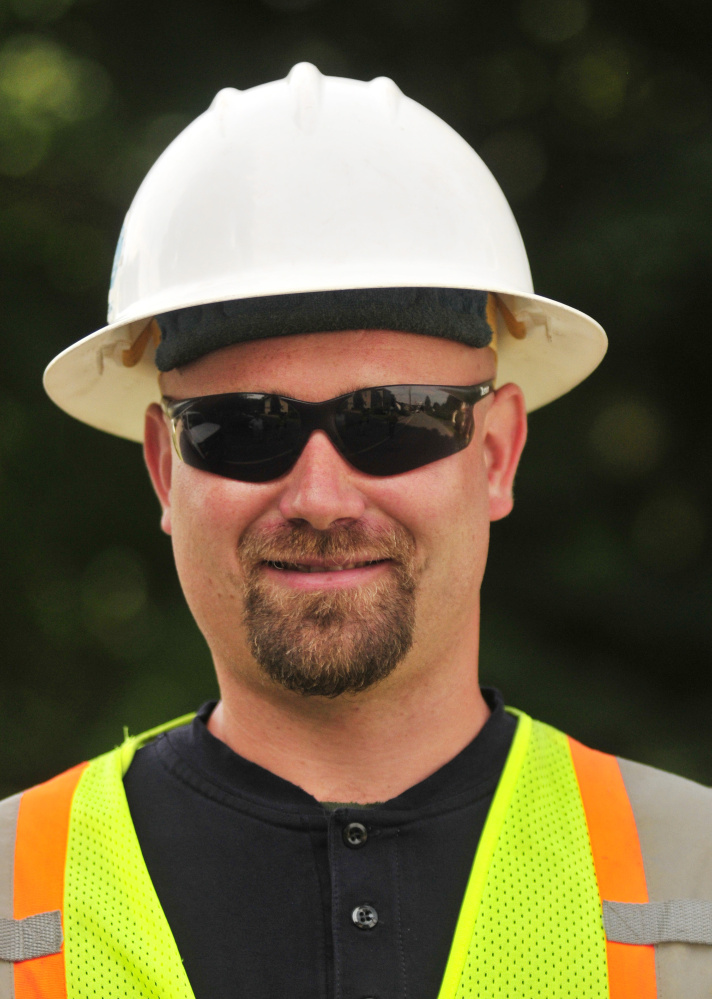
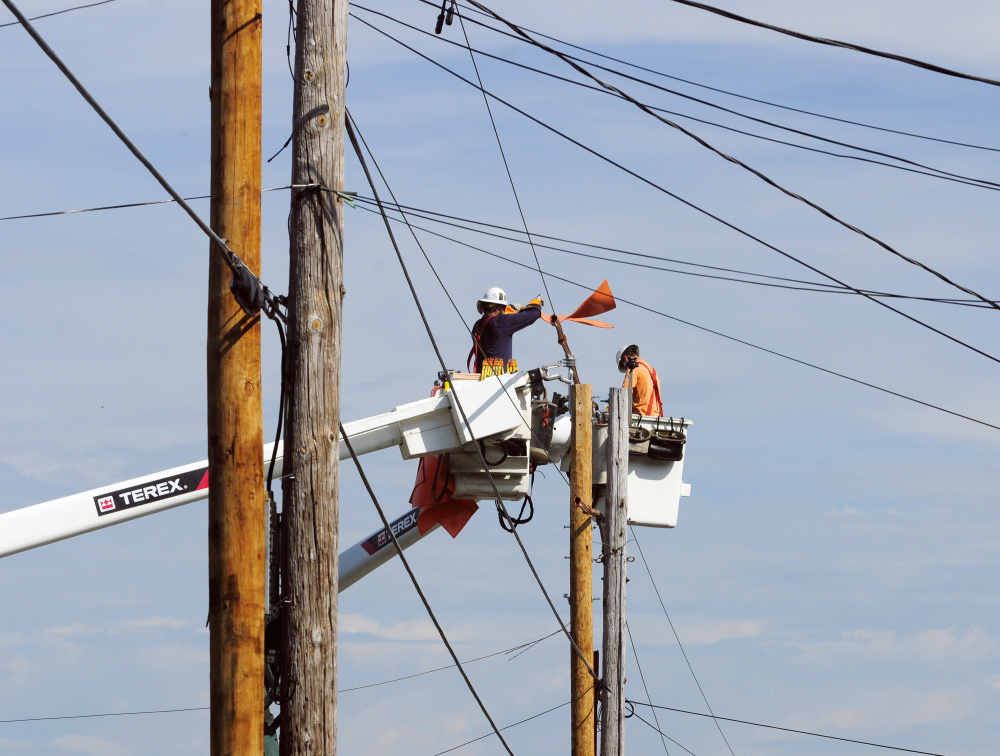
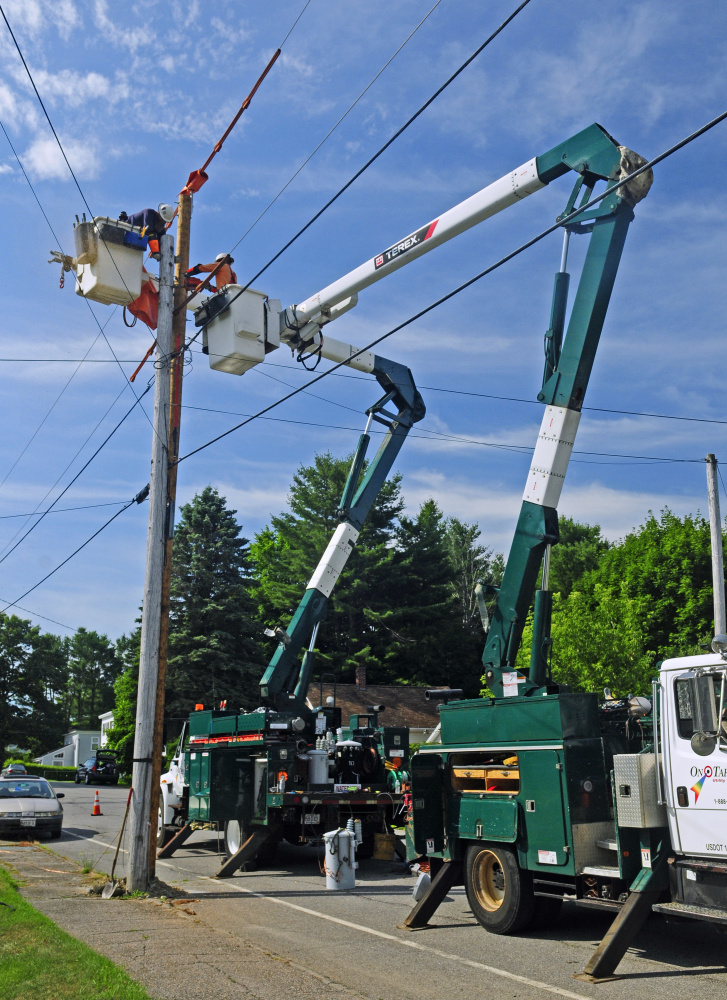
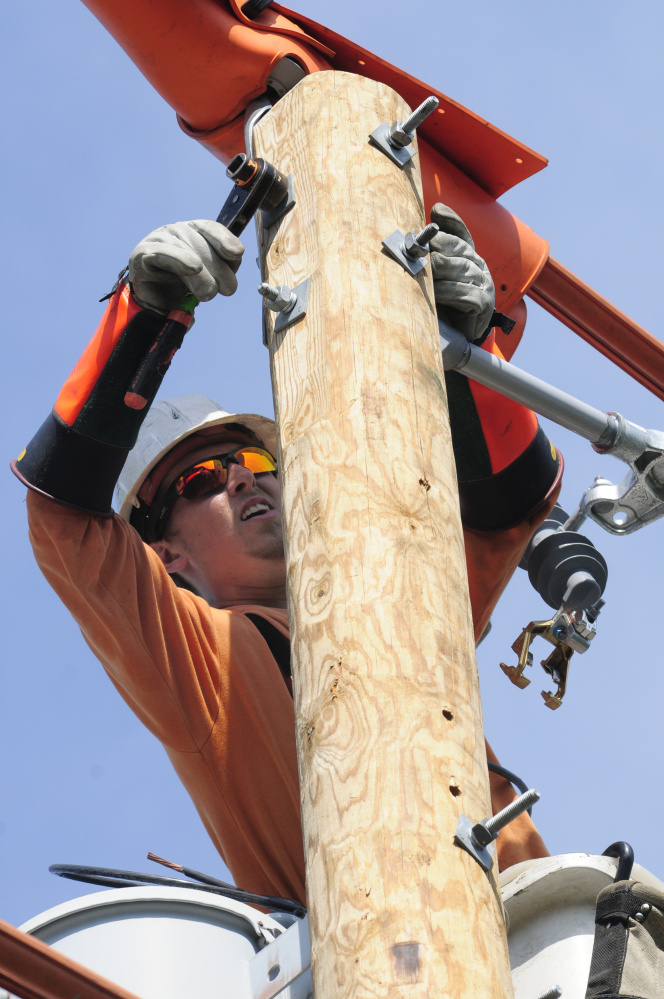
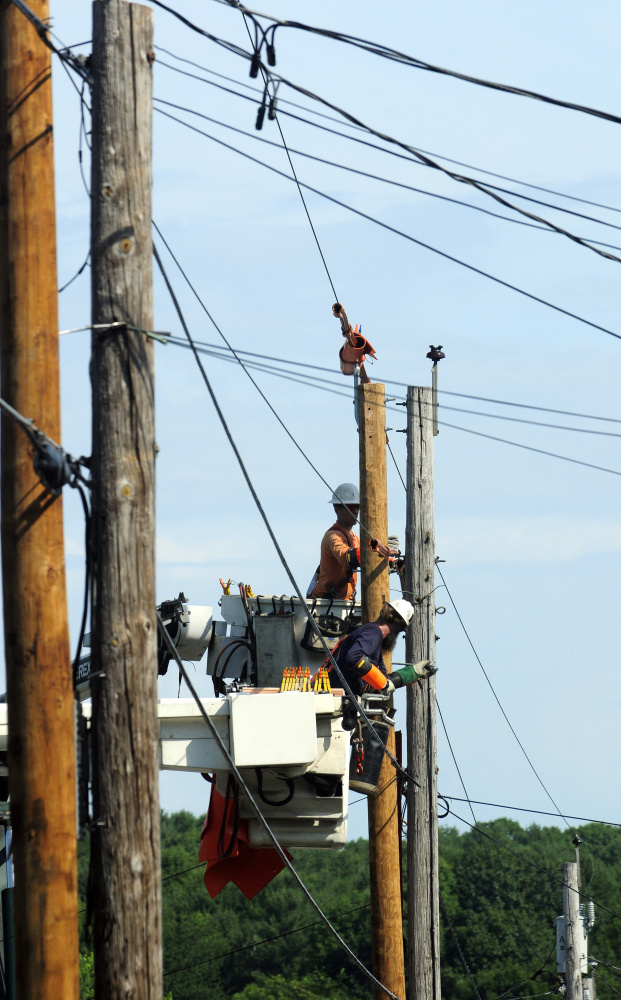

Success. Please wait for the page to reload. If the page does not reload within 5 seconds, please refresh the page.
Enter your email and password to access comments.
Hi, to comment on stories you must . This profile is in addition to your subscription and website login.
Already have a commenting profile? .
Invalid username/password.
Please check your email to confirm and complete your registration.
Only subscribers are eligible to post comments. Please subscribe or login first for digital access. Here’s why.
Use the form below to reset your password. When you've submitted your account email, we will send an email with a reset code.